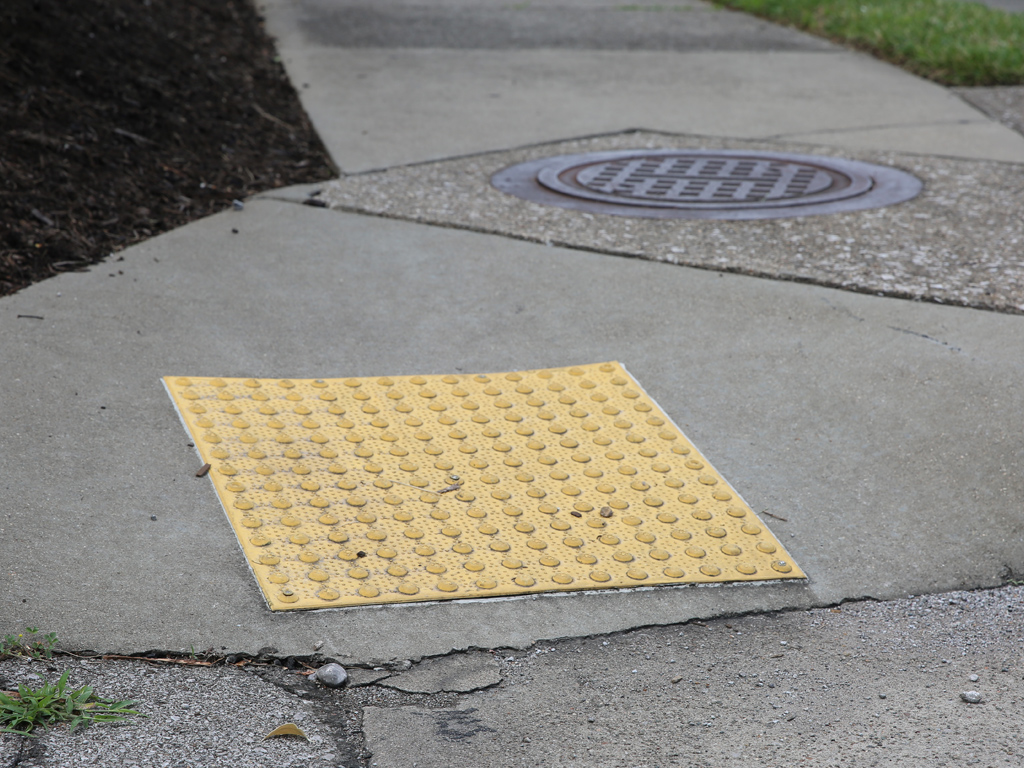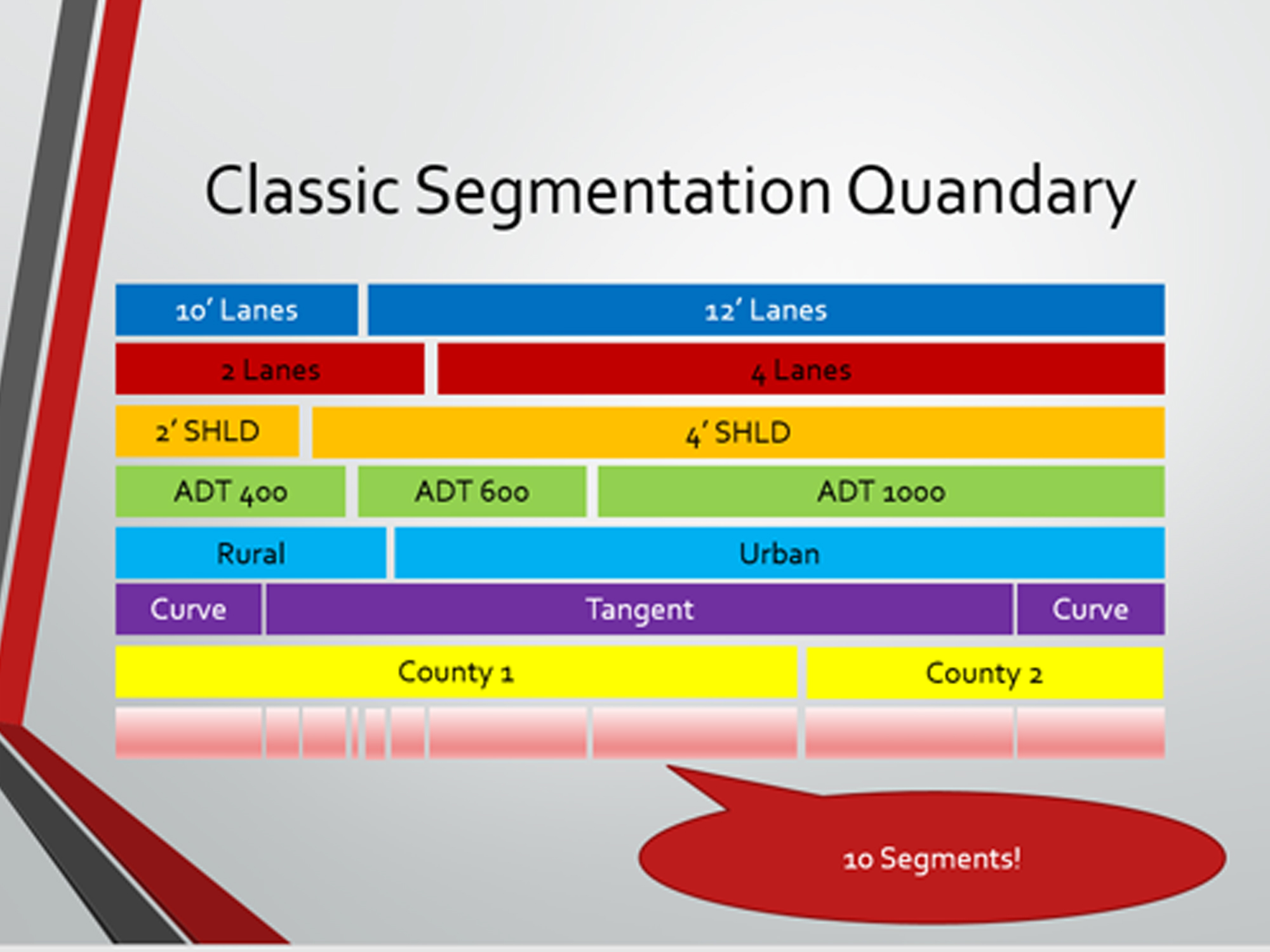
Planning & Decision Analytics
Infrastructure projects are complex endeavors that require the harmonious coordination of many stakeholders throughout their development and implementation. Thoughtful planning is necessary to deliver projects that meet the needs and goals of transportation agencies, diverse system users, and the myriad industries that rely on networks of highways, waterways, railways, and airports. Good planning is a requirement for systems that function smoothly and are tightly integrated. KTC’s Planning program leverages interdisciplinary perspectives to support and improve the planning processes used by local, state, and federal transportation agencies. Harnessing the knowledge and collective ingenuity of engineers, economists, geographers, urban planners, policy analysts, designers, landscape architects, and other experts, the program group formulates unique and sophisticated solutions to critical planning issues. The Planning group has worked extensively on issues pertaining to highway information systems (GIS, LiDAR, remote sensing, Big Data), highway and railroad operations and infrastructure, traffic monitoring and modeling, safety planning, asset management and performance assessment.
Planning & Decision Analytics – News & Research

KYTC Sidewalk and Curb Ramp Inventory for ADA Compliance & ADA Technical Infeasibility Evaluation
All State DOTs must guarantee that pedestrian facilities are in compliance with the Americans with Disabilities Act of 1990 (ADA). To meet the ADA requirement of providing public facility access to individuals with disabilities, KTC is developing a process to inventory sidewalks and curb ramps across the state. This is part of the Kentucky Transportation Cabinet’s (KYTC) ADA transition plan, where facilities that are not ADA compliant must be identified. The interactive Statement of Technical Infeasibility form will be a required document during any transportation project that involves pedestrian facilities and will soon be made available on the KYTC webpage. The form provides rationale and evidence when it is technically infeasible to build the facility to ADA compliance.

Integrating Roadway Data with Crash Data while Optimizing Segmentation for Safety and Planning
Data-driven approaches to highway safety improvement have been widely used to target high-risk road segments and intersections. The typical method of crash prediction utilized crash frequencies on high-volume roadways, but often produced misleading results due to random fluctuations in the crash data. The Highway Safety Manual (HSM) outlines a network screening approach which prioritizes safety analysis on those roadway segments with similar traffic characteristics, or homogeneous roadway segments. KTC explored the effects that segment length and network screening approaches have on safety analysis by developing homogenous road segments to evaluate different safety treatments for rural two-lane roads. KTC’s Safety Performance Function (SPF) model takes into account multiple segment lengths and various combinations of roadway attributes and creates homogeneous segments for a specific safety analysis. The SPF is a negative binomial regression model that predicts crash frequency as a function of traffic volume and segment length, which provides traffic safety professionals with the ideal roadway segmentation needed for safety analysis. This guidance will be beneficial when prioritizing statewide safety improvements, such as cable barriers or rumble strips.
Planning & Decision Analytics Faculty & Staff
For more information, please contact:
Reg Souleyrette PhD, PE
Program Manager
(859) 257-5309
souleyrette@uky.edu
